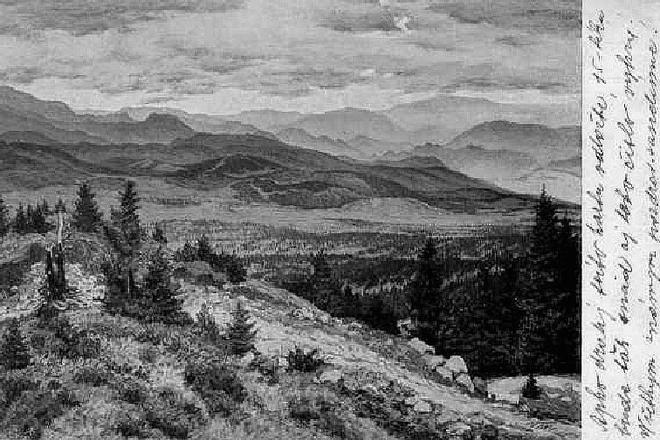THE DENSELY-wooded Low Tatras mountain range stretches for 80 kilometres across Slovakia. Even with its wild nature it has been inhabited by people for many millennia. Probably the oldest evidence is encrypted in the name itself. “Tritri” in ancient Roman Latin means something like “a narrow lane cleared of rocks near the river’s bank”. This old name has several mutations but all of them indicate that Roman legions got as far north as the Low Tatras.
Later, iron ore was mined intensively in the Low Tatras as well as precious metals. People climbed to the ridges of the mountains to extract gold and traces of past mining activities can be found even today in the mountain range’s highest peak – Ďumbier.
The valleys of the Low Tatras were gradually inhabited by shepherds – valachs. They arrived in several waves with the first big wave coming from the region of today’s Romania.
The Low Tatras have also played a significant role in modern history as this was the mountain range where the bloodiest battles of the Slovak National Uprising took place in 1944. This postcard from 1935 shows part of the mountain range and is a reproduction of a painting by Czech artist Václav Malý.


